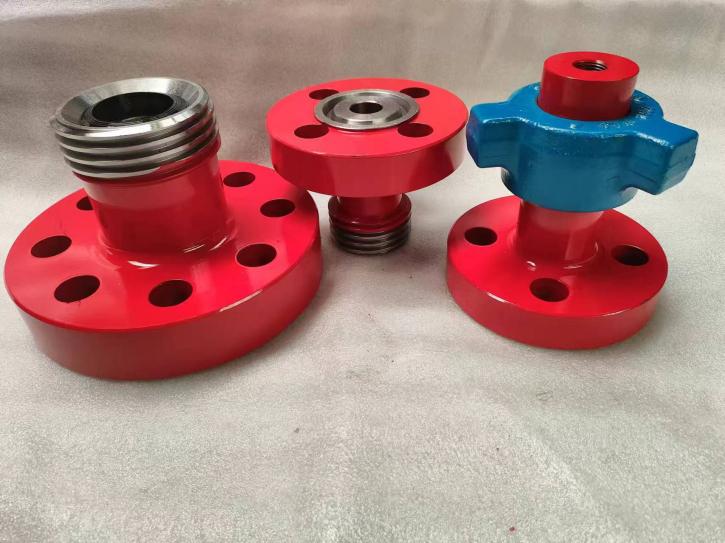Analysis of common problems for Integral Fittings
What is an integral fitting?
What exactly is an integral fitting, a term often heard in the fields of engineering and manufacturing?
In short, an integral fitting is a way of connecting parts, often used to improve the stability and strength
of a structure. However, common questions about integral fittings often confuse many engineers and
technicians. Today, we will solve these doubts and take you to learn more about the integral fittings!
The types of integral fittings
First of all, understanding the types of integral fittings is the key to solve the problem! Common
types of integral fittings include welded joints, bolted joints, and riveted joints. Each type has its own
unique advantages and disadvantages. For example, welded joints usually have higher strength, but
the installation difficulty is relatively high. On the contrary, bolted joints are convenient and quick,
but may be slightly inferior in load-bearing capacity.
FAQ 1: How to evaluate the strength of integral fittings?
When choosing integral fittings, many people will concern about its strength. In fact, there are
many ways to evaluate the strength of integral fittings, including tensile tests, shear tests, etc.
Through these experiments, specific strength data can be obtained to help us make more
appropriate choices. In short, tailoring and choosing the type of the fittings that suits your
project will be the best.
FAQ 2: How to avoid the failure of integral fittings?
As for the failure of integral fittings, it is really nerve racking. The reasons for failure vary greatly,
which may be material defects,improper design or unqualified construction technology. Therefore,
ensuring the quality of materials, reasonable design and exquisite construction technology are the
key to prevent failure. In addition, regular inspection and maintenance are also indispensable to
ensure that the integral fittings are kept in good working condition.
Maintenance and upkeep of integral fittings
Now, let's talk about how to maintain the integral fittings. Regular inspection and cleaning
are necessary, especially for those fittings exposed to harsh environments. In addition, lubrication
is also important. Proper lubrication can reduce wear and extend the service life of the integral fittings.
Please be aware that the better the maintenance, the lower the chance of failure!
FAQ 3: What are the applications of integral fittings?
The application of integral fittings is very wide! It can be seen in many fields such as
construction, machinery manufacturing, oil&gas and automobile industry. For example,
in bridge construction, integral fittings can effectively improve the bearing capacity
of bridges; in machinery manufacturing, integral fittings are responsible for connecting
various parts to ensure the normal operation of the equipment. It can be seen that the
importance of integral fittings is significant.
Summary: Future Prospects of Integral fittings
In this era of rapid development, the technology of integral fittings is also constantly
improving. The emergence of new materials and new processes not only improves the
performance of fittings, but also provides engineers with more choices. In the future, integral
fittings will play a greater role in more fields and become an important force in promoting
scientific and technological progress.
In conclusion, understanding the common problems of integral fittings can not only
help us better design and construct, but also avoid many unnecessary troubles at work.
Sincerely hope that everyone can flexibly apply this knowledge in future work and easily
deal with various equipment troubles.


